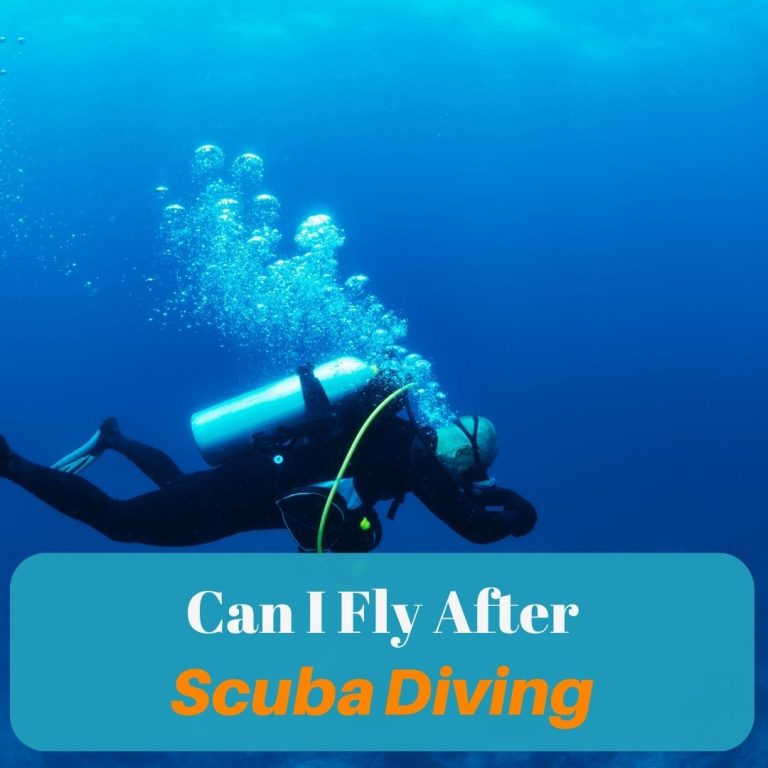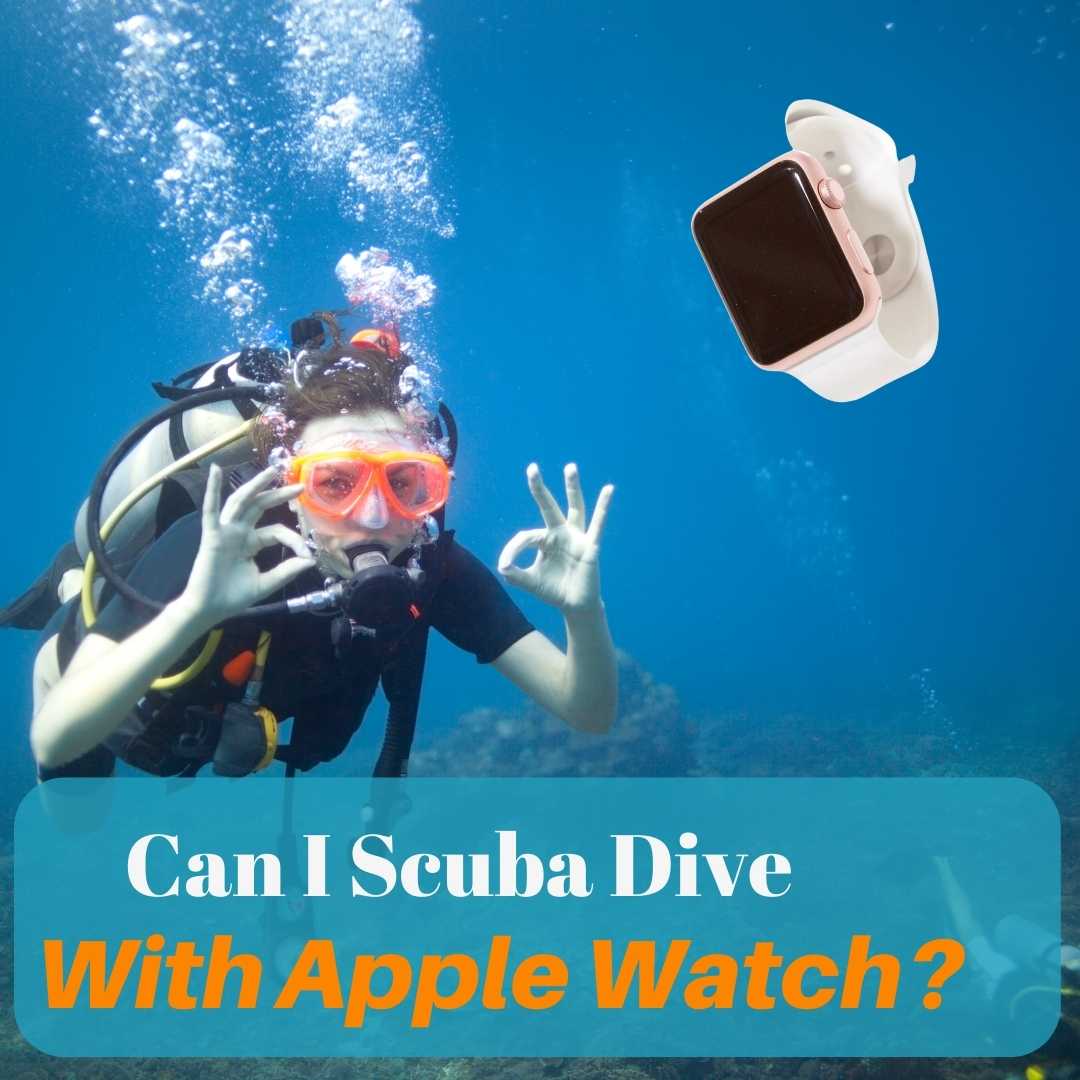Flying after scuba diving is a topic of interest and importance for both recreational and professional divers due to potential health risks involving decompression sickness. When a diver descends, the pressure increases, causing the body to absorb more nitrogen from the breathing gas. If a diver ascends too quickly to high altitude, such as in an aircraft, the rapid reduction of pressure can lead to the formation of nitrogen bubbles in the body, which is the primary concern of flying post-dive.
The risk of decompression sickness (DCS) after flying is influenced by factors such as the depth and duration of the dive, the time spent at the surface before flying, and individual health conditions. Various diving organizations provide guidelines for post-dive fly times. For instance, the U.S. Navy and Air Force offer different waiting period recommendations of 2 hours to 24 hours before boarding a plane. These guidelines are designed to ensure nitrogen levels in the body return to safe levels to reduce the risk of DCS, which can range from joint pain and rashes to more severe symptoms affecting the nervous system.
Key Takeaways
- Decompression sickness is a risk when flying soon after diving due to absorbed nitrogen.
- There is a range of recommended waiting times before flying post-dive, from hours to a full day.
- Individual health conditions and specific dive profiles impact the wait time needed to fly safely after diving.
Table of Contents
Understanding the Risks

Flying after scuba diving without adequate surface interval may expose a diver to serious health risks, primarily due to changes in ambient pressure and the body’s absorption of nitrogen.
Effects of Pressure Changes
When a person ascends to high altitudes after diving, the decrease in external pressure can have detrimental effects. Scuba diving involves breathing compressed air which results in a higher intake of nitrogen. The body equilibrates with the surrounding water pressure, but upon swift ascent to high altitudes – such as flying in an airplane – the drop in ambient pressure is much quicker than the time required for the body to safely eliminate this excess gas.
- At high altitude, pressure is lower which may allow nitrogen to come out of solution too rapidly.
- This rapid release can lead to bubbles forming in the blood and tissues, potentially causing a range of symptoms from joint pain to paralysis or even fatality.
Also Read: Can You Scuba Dive After Flying?
Nitrogen Absorption and Decompression Sickness
Decompression sickness (DCS), also known as “the bends,” occurs when dissolved gases, primarily nitrogen, come out of solution and form bubbles in the body due to reduced pressure. Divers absorb additional nitrogen as they breath compressed air at depth, and this nitrogen can take hours to days to be released from the body safely.
Factors influencing nitrogen absorption and DCS risk include:
- Depth and duration of dives: Deeper and longer dives increase the amount of nitrogen absorption.
- Repetitive dives: Sequential dives without adequate surface intervals compound the amount of residual nitrogen in the body.
Individuals must adhere to recommended wait times before flying:
- Single no-decompression dive: A minimum wait of 12 hours is advised.
- Repetitive dives or multiple days of diving: Postpone flying for at least 18 hours.
- Decompression dives: A waiting period exceeding 18 hours is prudent.
Strict observance of these intervals is essential to reduce the risk of decompression sickness when flying after diving.
Guidelines for Flying After Diving
After scuba diving, it’s crucial for divers to allow sufficient time for the body to off-gas the excess nitrogen accumulated during a dive. This is to minimize the risk of decompression sickness (DCS), commonly known as the bends.
Recommended Waiting Periods
The industry consensus highlights specific waiting periods before flying:
- Single no-decompression dive: A minimum wait of 12 hours is strongly advised.
- Multiple dives or multiple days of diving: A waiting period of at least 18 to 24 hours should be observed.
- Dives requiring decompression stops: Divers should wait a minimum of 48 hours prior to flying.
Considerations for Multiple Dives
When engaging in multiple dives, the body accumulates more nitrogen, which necessitates a longer surface interval. The table below provides a quick reference for these scenarios:
| Dive Profile | Minimum Waiting Time before Flying |
|---|---|
| Single no-decompression dive | 12 hours |
| Multiple dives in a day | 24 hours |
| Repetitive diving over days | 24 hours |
Altitude Diving Considerations
Diving at high altitudes affects how long nitrogen remains in the body:
- Altitude Diving: Any diving done at altitudes above 300 meters (1,000 feet) typically requires a longer waiting period before flying.
- Adjusted Dive Tables/Computers: Divers must use adjusted dive tables or dive computers to account for the increased altitude, which will also affect the pre-flight surface interval.
Health Considerations
When planning to fly after scuba diving, it’s crucial to take into account health considerations that can significantly influence safety. Decompression sickness is a primary concern, which can be exacerbated by pre-existing medical conditions and inadequate hydration and fitness.
Pre-Existing Medical Conditions
Individuals with certain pre-existing medical conditions may be at greater risk of decompression sickness (DCS) after scuba diving when flying too soon. Conditions that affect circulation, such as heart disease, or those that can create gas bubbles in the body, like lung conditions, require careful evaluation. Divers with these conditions should consult with a healthcare professional before making the decision to dive or fly afterwards.
- Cardiovascular issues: Increased attention to non-decompression limits and longer surface intervals are advised.
- Pulmonary concerns: Divers with a history of asthma or lung collapses should have clearance from a medical professional.
Hydration and Fitness
The role of hydration and physical fitness cannot be underestimated in minimizing the risk of DCS. Adequate hydration ensures better circulation and helps the body off-gas nitrogen effectively. On the other hand, a good fitness level supports overall circulatory health.
- Hydration: Drink plenty of fluids before and after diving to promote nitrogen elimination.
- Fitness: Regular cardiovascular exercise can improve circulatory system health, helping to prevent DCS.
Staying hydrated and being in good physical shape are actionable steps divers can take to help manage their health risks related to flying after diving.
Frequently Asked Questions

Scuba divers must take care when planning flights after diving to prevent decompression sickness. The following FAQs cover essential guidelines and considerations for divers seeking to fly after diving.
What is the recommended waiting period before flying following a scuba dive to prevent decompression sickness?
The recommended waiting period before flying after scuba diving varies based on the type and number of dives. For a single no-decompression dive, it’s advisable to wait at least 12 hours. For repetitive dives or multiple days of diving, a minimum wait of 18 hours is suggested.
What are the PADI guidelines regarding post-dive flight times?
PADI, the Professional Association of Diving Instructors, advises divers to wait a minimum of 12 hours after a single no-decompression dive before flying and at least 18 hours following multiple dives or multiple days of diving.
How does cabin altitude pressure during a flight affect post-diving waiting periods?
Cabin altitude pressure during flight is lower than at sea level, which can lead to the expansion of residual nitrogen in a diver’s body. A longer surface interval before flying helps ensure nitrogen levels return to a safe level, reducing decompression sickness risk.
What potential health risks are associated with ascending to high altitude too soon after diving?
Ascension to high altitude too soon after diving can increase the risk of decompression sickness (DCS). DCS can include symptoms such as joint pain, dizziness, fatigue, and in severe cases, paralysis or death.
What activities should be avoided after scuba diving to reduce the risk of decompression sickness?
Avoid activities that further decrease pressure on the body, such as flying, going to high altitudes, or engaging in strenuous exercise. Also, avoid alcohol, which can dehydrate the body and possibly mask symptoms of DCS.
How does the duration and depth of a dive impact the necessary surface interval before flying?
Longer and deeper dives typically result in the body absorbing more nitrogen, which requires longer surface intervals to allow this excess nitrogen to off-gas safely before flying and prevent decompression sickness.




